67 items, Page 6 of 7
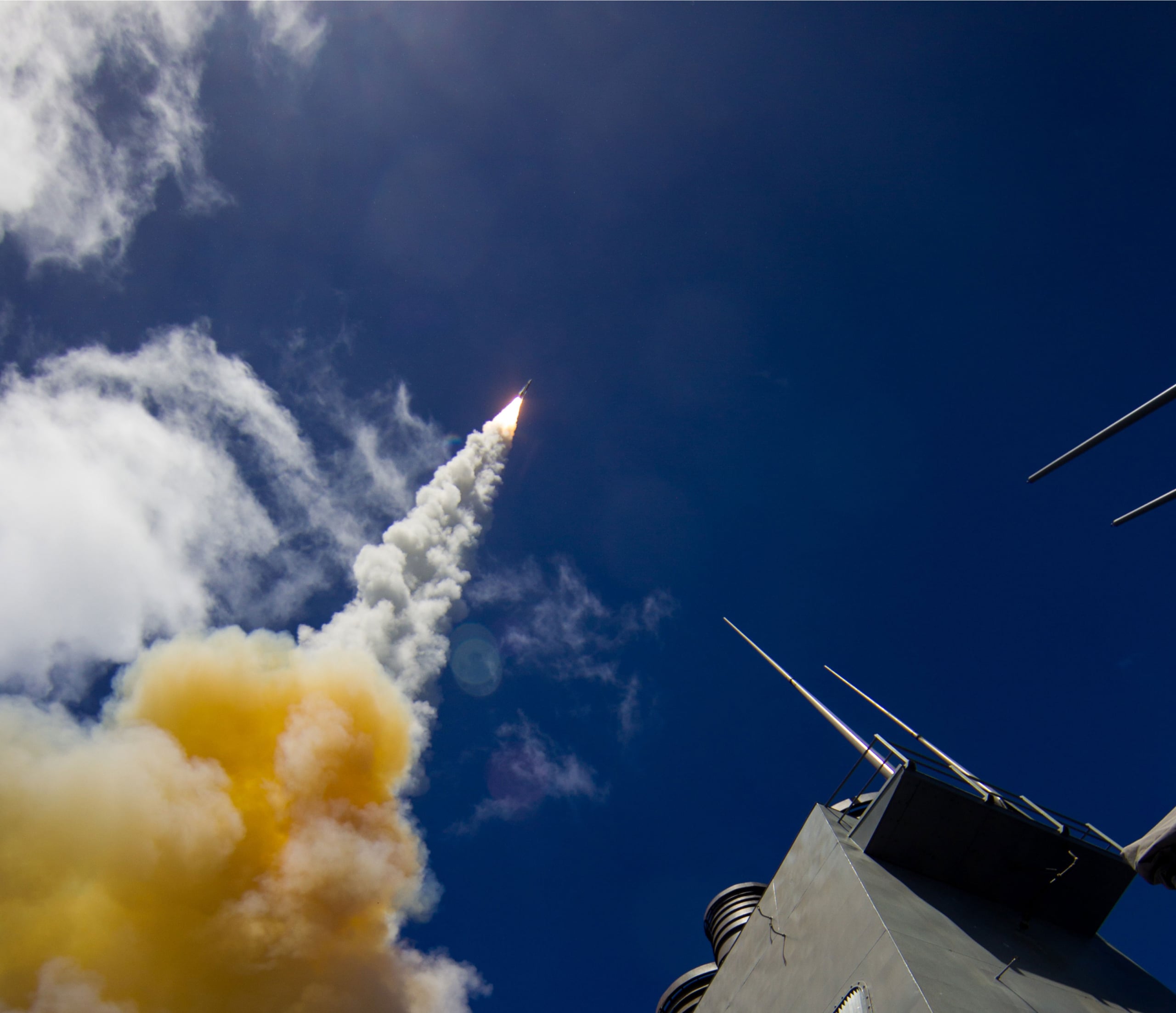
August 12, 2016
This study explores the growing competition for scarce dollars at the U.S. Missile Defense Agency (MDA). It traces the authorities, roles, and missions assigned to the agency and the growing trend of using what was originally intended to be a research and development budget for procurement and sustainment of missile defense assets. As adversary missile...

August 2, 2016
Explore high resolution graphs analyzing decades of U.S. missile defense budget trends featured in the CSIS report The Missile Defense Agency and the Color of Money: Fewer Resources, More Responsibilities, and a Growing Budget Squeeze. Click on the graphs to access the full resolution image.
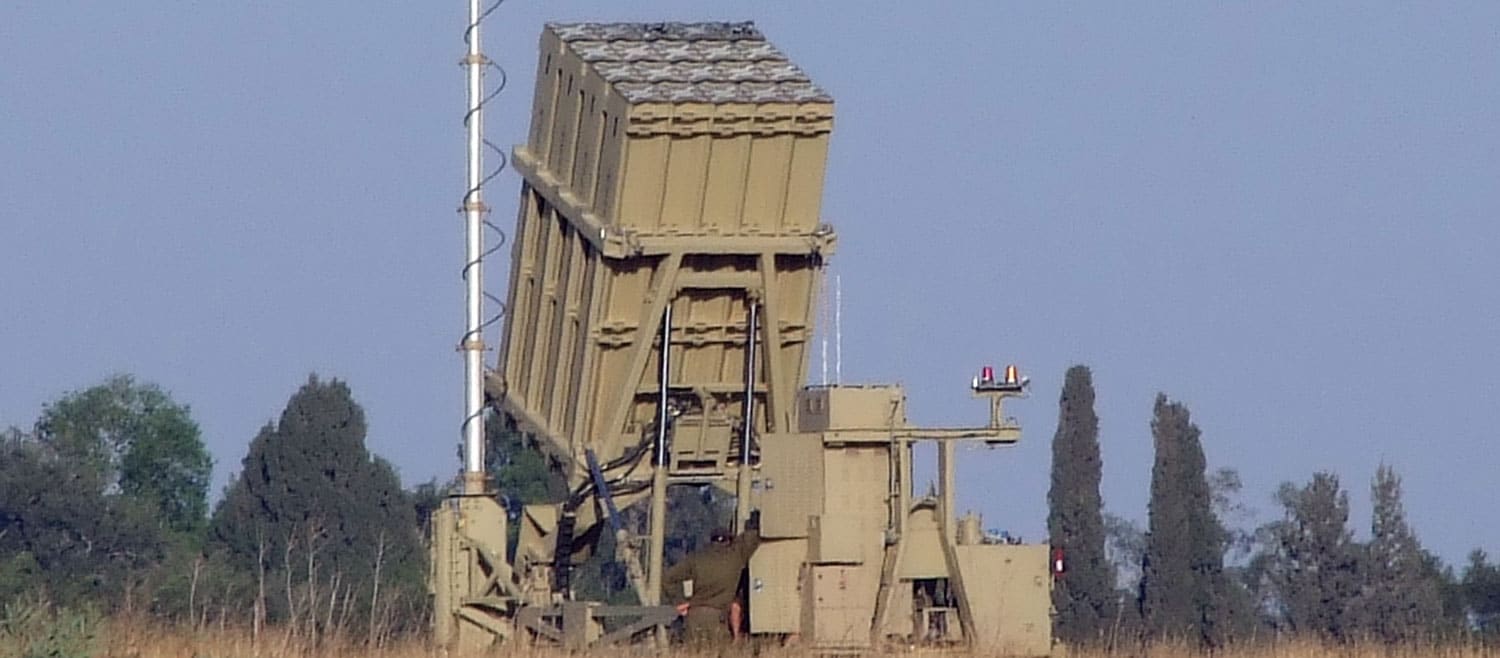
July 28, 2016
We need a way to fund Israel’s missile defenses without undercutting our own. This weekend, the acting head of Israel’s National Security Council will visit Washington, reportedly to conclude a new multi-year aid package. Replacing an arrangement set to expire in 2018, the deal is expected to include hundreds of millions of dollars for Israeli...

July 15, 2016
For decades, the United States has led the effort to stem the spread of nuclear weapons, both among potential adversaries and among its allies and partners. The current state of deterrence and of the nonproliferation regime, however, is open to many doubts...
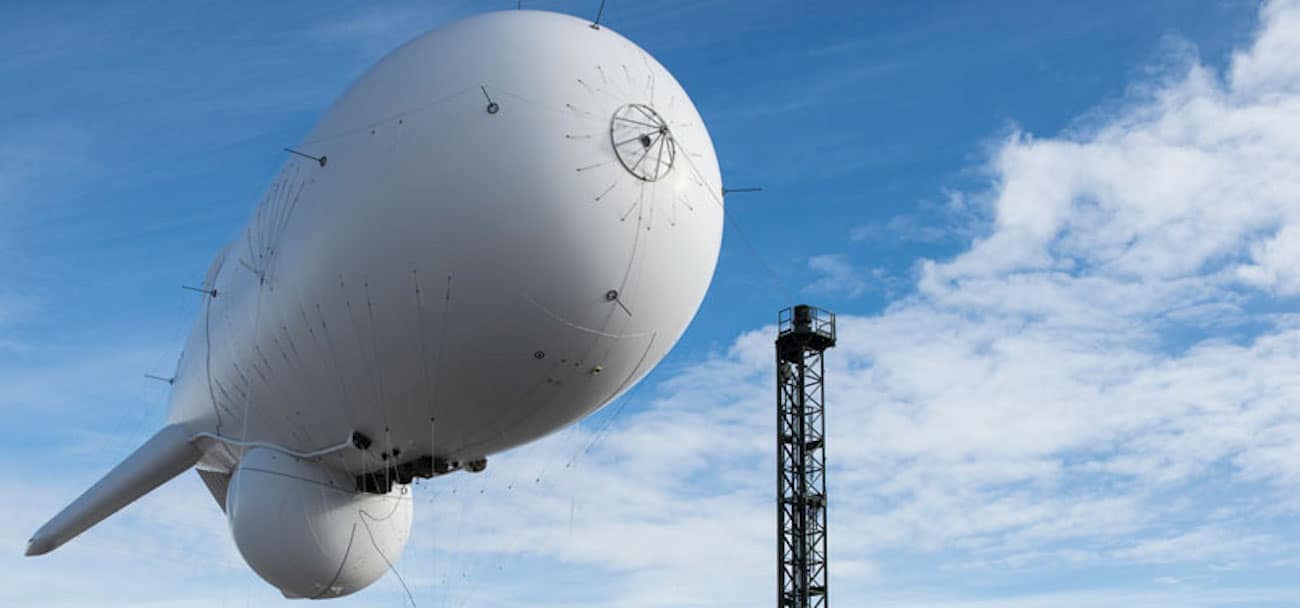
April 5, 2016
Missile defense is not just about ballistic missiles. The wider problem of integrated air and missile defense, to include cruise missiles, has received growing attention in recent years. However, attempts to design and field an architecture to detect and track cruise missiles has proven challenging...

March 16, 2016
The recently released $7.5 billion FY17 budget request for the Missile Defense Agency (MDA) represents an $822 million reduction from last year’s enacted budget. These cuts are essentially divided between procurement ($501 million) and research and development ($322 million) as compared to the $8.3 billion MDA budget enacted by Congress for FY16. While cutbacks to...
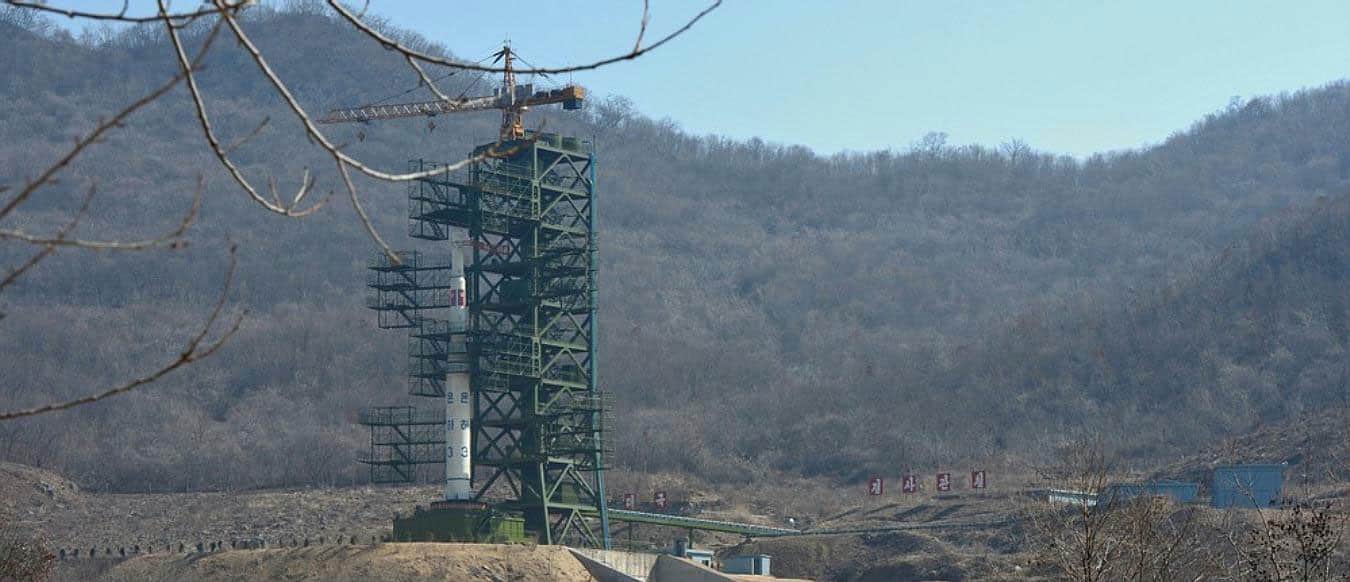
February 8, 2016
The Unha launch is hardly the basis for panic, but it is time for certain measures to ensure security and stability. Coming on the heels of the North’s fourth nuclear detonation, the launch reflects both continued technical advances and their sustained ICBM ambitions. These recent events mean that active measures to counter North Korea’s missile program will likely take on renewed importance.

February 8, 2016
On the morning of February 7, North Korea launched an Unha-type rocket, headed due south. The rocket then apparently orbited an “earth observation satellite” called Kwangmyongsong-4 (lode star), reportedly weighing 200 kilograms, about twice the size of a satellite by the same name orbited in December 2012...
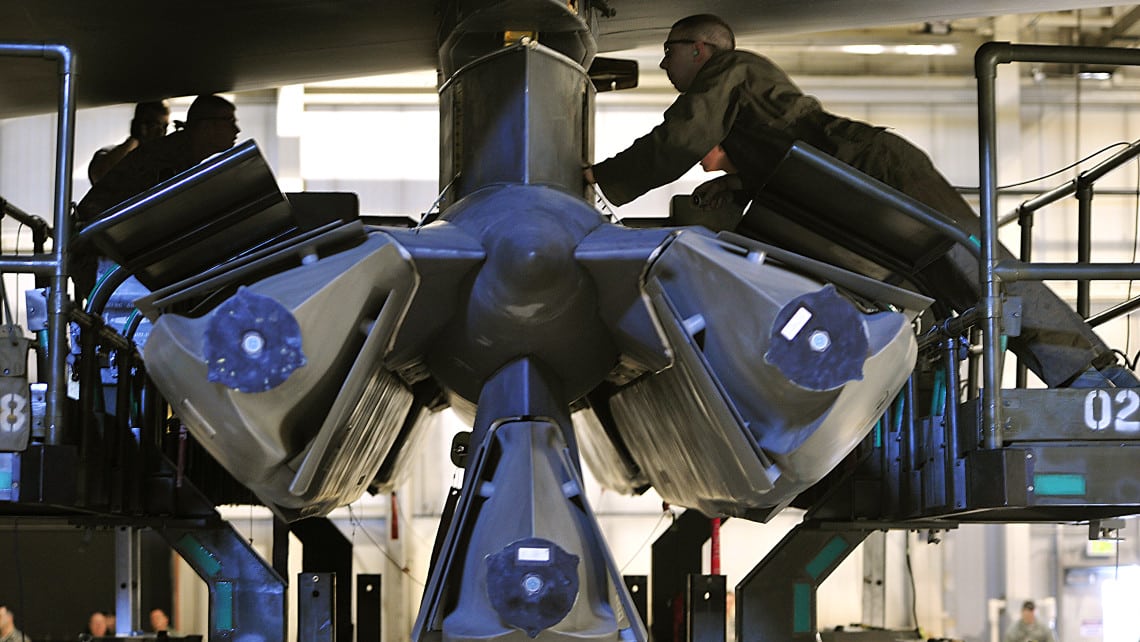
November 30, 2015
The U.S. Air Force awarded a much-anticipated contract for the Long Range Strike Bomber (LRSB) last month, a critical platform to support both conventional missions and nuclear deterrence. Much remains to be done to deliver a nuclear-capable LRSB on budget and on schedule. Beyond the LRSB and the B61-12 gravity bomb life extension, however, modernization...
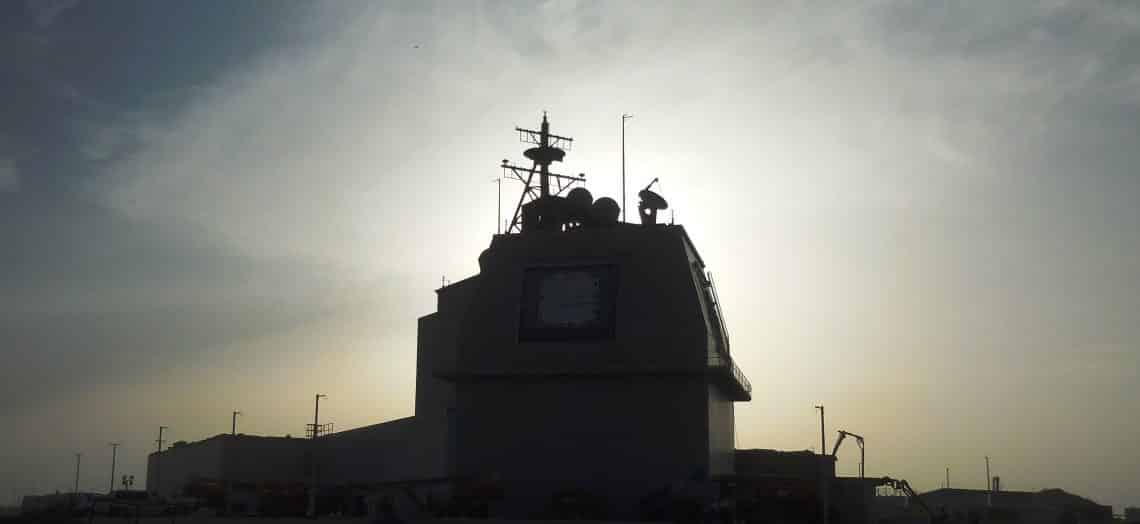
July 27, 2015
With the conclusion of a joint plan of action for Iran’s nuclear program, Foreign Minister Sergei Lavrov of Russia has returned to his favorite talking point: that NATO should scale back missile defenses. NATO should do nothing of the sort. Not only does the Iran deal not roll back the most numerous and diverse missile...









